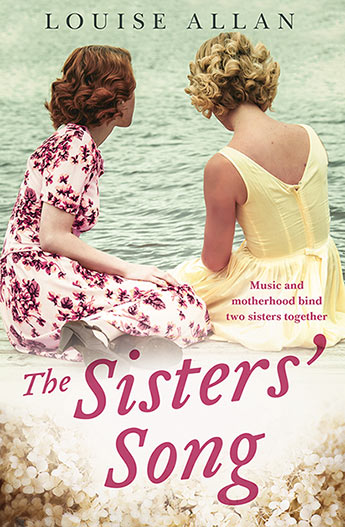Tasmania has the population with the oldest median age across Australia, as well as the highest percentage of inhabitants over the age of 65 years. It would also seem that they have more than their fair share of octagenarians and nonagenarians which I’m putting down to fresh air, home grown vegetables, Scallops, and delightful, crisp chardonnays.
Tasmania, an Island off our Island, takes a little over three hours to traverse from north to south, and means that many families are inter-related. And I’m not quoting that old “two headed “chestnut – farming communities of the 1800’s and 1900’s were the product of both fertile lands and people. You need to know this to understand that familial ties remain strong across Tasmania to this day and grudges from one hundred years ago remain intact. This in part accounts for a large proportion of its population having a distinct distaste for actor, Errol Flynn. Many of the stuffy, old matrons had a friend who knew a friend who had a brother who went to school with Flynn in Hobart before World War 1. No one liked him much from all accounts.
Hobart, the place of Flynn’s birth in 1909, appears a tad conflicted.
I stumbled across a plaque in front of the Grand Chancellor Hotel, one of the swankier establishments on Davey Street on the Hobart waterfront, recognising Flynn’s contribution to cinema – right up there with the opening of the Cadbury Chocolate Factory.

Flynn’s Tassie childhood is acknowledged by the Tasmanian Tourist Bureau with a walking tour dedicated to houses, schools, and churches attended by a young Flynn. One of the buildings that forms part of the University bears the name of Flynn Senior, a renowned marine biologist in the day. The brochure isn’t always in print and I had to rely on a document from ten years ago. It does provide an interesting look into life in this very southern capital over a century ago with much of the housing unchanged. What I would give for a peek into some bathrooms and kitchens, as I have on good authority that chip heaters are still in use in some homes.

A parkland in Sandy Bay has been renamed to honour Flynn, and includes a truly dreadful artwork which is supposed to be reminiscent of the actors days in Hollywood. Talk about devaluing property prices!
The State Theatre, at 375 Elizabeth Street, North Hobart, opened as a venue for cultural events in 1913 and has an iconic Star on the footpath commemorating Errol, planted firmly by his daughter, Rory, on the occasion of his 100th birthday in 2009.

My totally unexpected Flynn find was a result of ambling through the colonial grazing communities in the Tasmanian midlands. No publicity whatsoever. The Kentish Arms Hotel, in High Street, Oatlands, was first licensed in 1834 and is in dire need of a coat of paint, or two or three. As in many rural communities the pub has had to diversify to survive and so what was previously the lounge has become the TKO Bakery and Cafe with a repaint job. The meeting room is full of lobby cards for boxing movies – which is presumably the TKO reference, the public bar and bathroom facilities are covered in Monroe posters, and the Cafe is full of Errol Flynn posters. Hundreds of them. And did I mention the boom camera from Robin Hood?
Morning tea was a pleasant enough experience with fresh scones and the warmth of a wood heater. Unfortunately, my attempts to quizz staff about the collection fell on deaf ears. One out of ten for my Interrogation Skills. One out of ten for the Staffs graduation from Charm School.
There is an old Irish proverb about cats and kittens which I am unable to repeat here. Just note that I will pursue this further. A boom camera would not only enhance my tv room, there is the possibility of replacing the garden gnomes in the front yard.
Despite wading through numerous bookstores across the Island – it’s a dirty job but someone has to do it – not one Errol related book.
Tassie seems to have an odd love/hate relationship with this Tasmanian Devil.

















